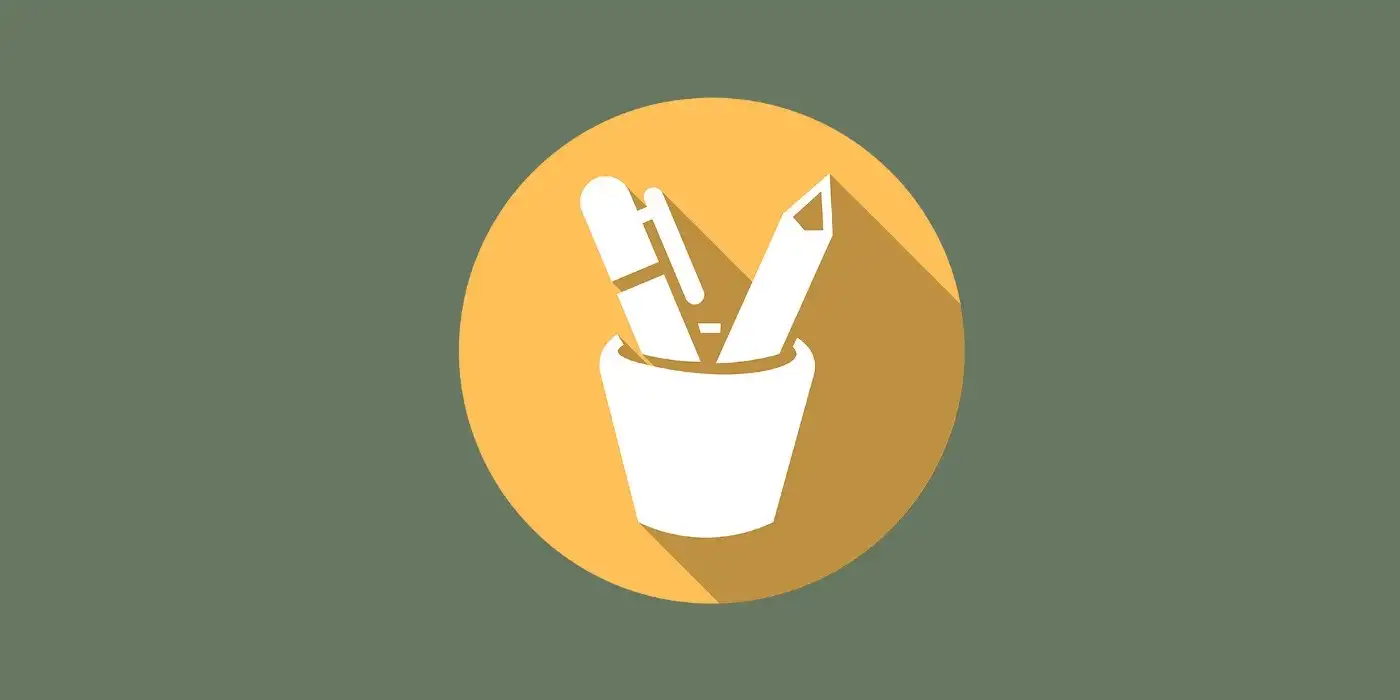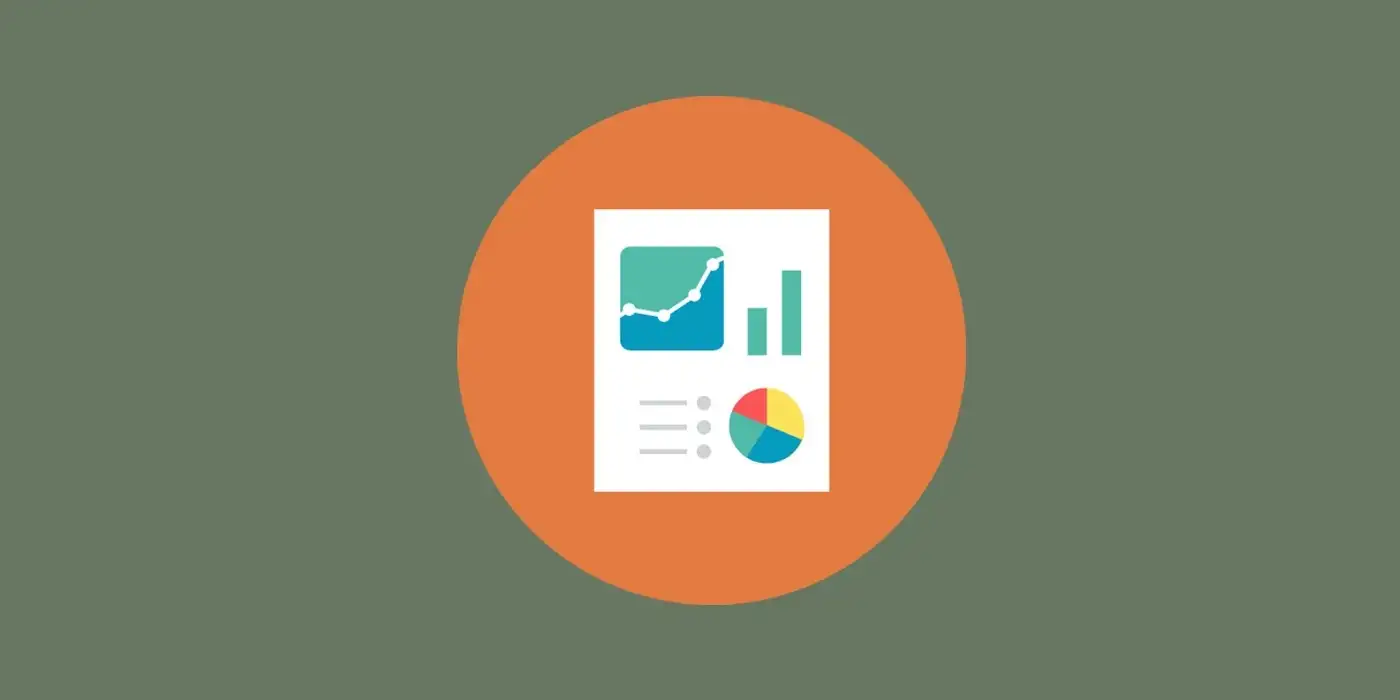
In the 90s, unsigned musicians used to print their own CDs and sell them on street corners. It was a way to step around the music industry and its exploitative contracts.
Since then, the proliferation of the internet has improved the prospects of artists of all kinds. Now we have many platforms to choose from when publishing our work. Writers are, perhaps, the primary beneficiaries of this evolution.
The difference is that unsigned musicians in the 90s wanted to get signed eventually; self-published authors predominantly don’t.
A typical publishing deal
A book publisher from Canada once found my writing and offered a book deal to me.
The deal was: $5,000 (half up-front) for a book of about 200 pages and no royalties.
I scoffed loudly (as one does when someone is trying to screw them over) and asked for $10,000 + 50% royalties. They backed out immediately, saying that’s very far from what they offer to authors.
I thought they were lying, but it turned out I was naive. When I asked several authors I know about this, they said the deal was pretty standard. Unless you are a very big name, you’re lucky if you can get 10% royalties.
This can’t be right, I thought.
And it’s not right!
No royalties means you’re separated from the success of your book. If you accept this deal, you accept being essentially a salaried employee — except with no insurance, no job security, and no promotions.
Consider this: if you price your book at $20, you need to sell around 300 copies to earn more than $5,000 (accounting for various fees). If you sell 5,000 copies, things get dramatic: as a self-published author, you make almost $100,000; with the publishing deal above, you’re still stuck with the initial $5,000.
Even if you manage to negotiate 10% royalties, you’re still only at around $15,000 after 5,000 sales.
Publishers use this model to keep all the upside and limit their downside. They make a fixed-price bet on a hundred authors and keep the unlimited possible rewards for themselves. A single bestseller makes it all worthwhile, even if 99 books fail miserably.
But the author of that bestseller might only earn peanuts, except for whatever they can make for themselves through speaking engagements, magazine features, etc.
Self-publishing = control
With a decent publisher behind you, you will likely get more readers. But what you won’t get is:
- Creative control over everything, from content and cover design to ads and pricing.
- More money (unless your book sales flop horribly).
- The emails of your readers.
- A community to bounce future ideas off of.
- A variety of useful skills, from formatting PDFs to designing ad campaigns.
The beautiful thing is, with self-publishing, you can learn a lot, but you can also outsource what you don’t feel like doing — or what you know someone can do much better.
For example, my wife did my cover design, but I did my own page/image formatting.
Self-publishing requires self-promotion
Some of us aren’t comfortable in the spotlight. If that’s you and you want to self-publish a book, I’ve got bad news and good news for you.
Bad news: if you don’t promote yourself extensively, nobody’s ever going to hear about your book and all that effort will have been in vain.
Good news: through this process, you will toughen up, become a better communicator, and understand how marketing works (it’s not all lies and deceit like some people believe).
It’s not black and white
I don’t want to sound like a self-publishing extremist here.
If Penguin Publishing came to me tomorrow and offered a $100,000 deal complete with royalties and a book tour, I’d be a fool not to accept.
But these deals are reserved for guaranteed successes — best-selling authors and public figures with a massive audience to begin with. Publishers very rarely take such risks on new authors.
Formatting woes
You can write a book in any program you like. However, if you’re planning on self-publishing, you better consider formatting your writing for PDF, ePub, and perhaps paperback.
Copy-pasting your chapters from Microsoft Word and manually setting titles, headings, paragraphs, etc., is not a fun time. It may seem like a simple task on the surface, but once you compile it to a publishable format, you realize it looks horribly unprofessional.
That’s why I used a piece of software called Scrivener (on a recommendation from Arvid Kahl) — it lets you organize chapters, offers editable formatting setups, compiles directly to a number of publishable formats, and generally makes your life much more pleasant.
To paperback or not to paperback?
Out of all the formats, the paperback is the most demanding. If you want to publish through Amazon, they have a very strict set of rules you need to adhere to. It took over a month between publishing my eBook and publishing my paperback on Amazon. But it was worth it!
Remember, print quality matters. If you’re going the paperback route, put some effort into it.
A self-published book shouldn’t feel like a self-published book. Don’t choose the cheapest paper/cover materials from Amazon’s options. Don’t let the text disappear into the margins. Your book will outlive you on your readers’ bookshelves.
Amazon has an excellent preview feature, but you should still verify the final product before clicking “publish”. Amazon will send you a free “author copy” so you can make sure that your book looks and feels as you expected.
Build an audience in advance
If you plan on publishing a book next year, the right time to start thinking about marketing is now.
Building an audience (likely through social media) around the topic of your book means you will have some guaranteed sales (and good reviews) on publishing day. This will propel your book forward in the algorithms of Gumroad, Amazon, or any other platform you choose and drive long-term sales.
Last but not least
Enjoy the process!
You have chosen the path of full creative control. Use it to create something personal and unique.
Good luck.
Don't miss the next blog post!
I publish a new blog post every Wednesday. Join the newsletter to get:
- One valuable email a week.
- Zero spam.
- Exclusive content not found in the blog.
- Reply directly to me with questions or feedback.
Use the form at the bottom of this pageon the right to join the newsletter.


